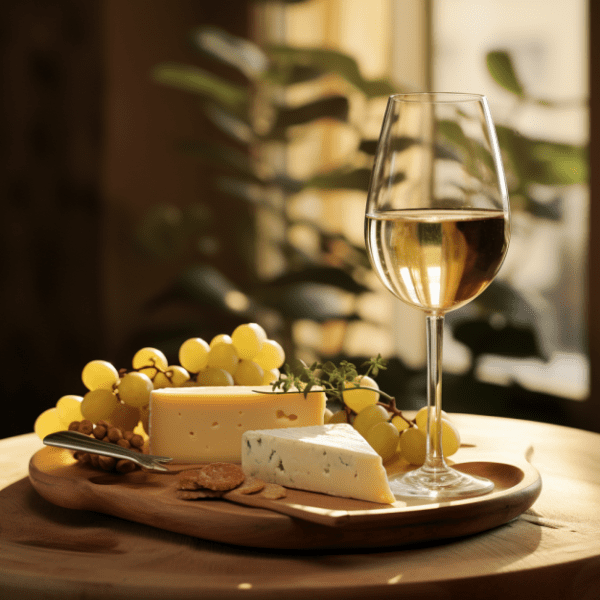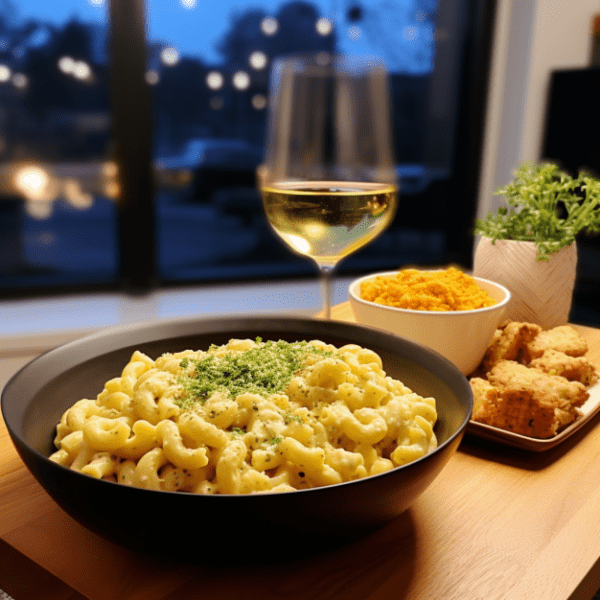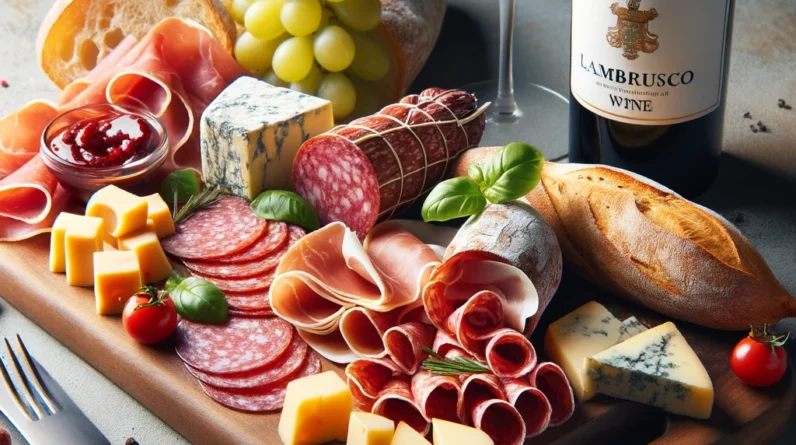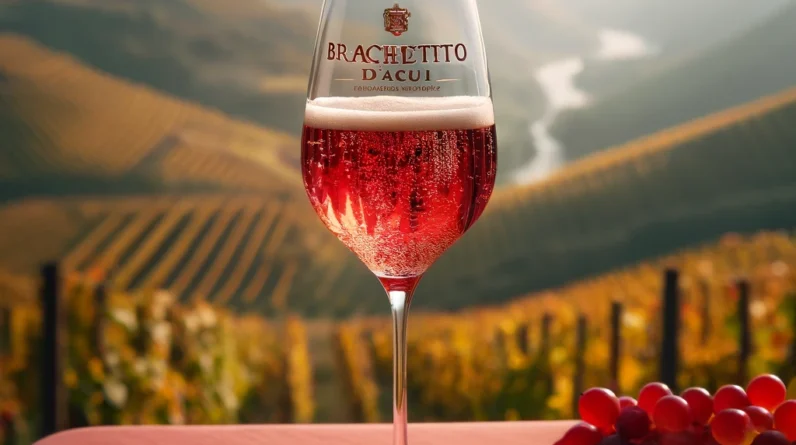
Welcome to the world of food and wine pairing basics.
If you’re here, you’re already on the path to elevating your culinary experiences.
In this guide, we will delve into the fundamentals of this art, highlighting the importance of grasping the basics, and yes, we’ll be focusing on “food and wine pairing basics.”

9 Tips for Successful Pairing
The Acidity Balance
To kick things off, remember this golden rule: your wine should have more acidity than your food.
Acidity in wine can cut through rich, fatty dishes, creating a harmonious balance.
Sweetness Harmony
Your wine should be sweeter than your food.
Sweet wines complement desserts or can offset spicy dishes brilliantly.
Flavor Intensity Alignment
Match the intensity of your wine with that of your dish.
Delicate dishes pair with light wines, while bold flavors deserve bold wines.
Red Wine with Bold Meats
It’s no secret that red wines shine alongside robust meats like steaks and lamb.
White Wine with Light Meats
When it comes to lighter meats such as chicken or fish, white wines are the way to go.
Bitterness and Fat Balance
Bitter wines, like reds, are your allies when dealing with dishes rich in fats.
Sauce Over Meat
Prioritize pairing the wine with the sauce rather than the meat itself.
Sauces often hold the key to the perfect match.
Contrasting Whites and Rosé
Whites, sparklings, and rosés typically create contrasting pairings, making them excellent choices for a wide array of dishes.

Congruent Reds
On the flip side, red wines often lead to congruent pairings, enhancing the flavors that already exist in your meal.
Looking for that perfect glass to enjoy your wine from?
Contrasting vs. Congruent Pairings
Contrasting Pairings

Imagine the thrill of contrasting pairings, where tastes and flavors collide.
For instance, think of pairing a zesty Pinot Grigio with creamy mac and cheese to create a complementary explosion of flavor.
Congruent Pairings
On the other hand, congruent pairings focus on amplifying shared flavor compounds.
A creamy white wine, like Viognier, can elevate the creaminess of your mac and cheese, resulting in a truly harmonious experience.
Identifying Basic Tastes
In the world of food and wine pairing, we focus on six fundamental tastes: Salt, Acid, Sweet, Bitter, Fat, and Spice (Piquant).
Understanding these basics is like having a secret code to unlock flavor harmony.
Basic Taste Components in Wine
Wine, a complex and delightful beverage, lacks some tastes like fatness, spiciness, and saltiness, but it offers varying degrees of acidity, sweetness, and bitterness.
We can neatly categorize wines into three primary taste categories, simplifying your pairing decisions.
Basic Taste Components in Food
Now, let’s simplify your dishes into their dominant taste components.
Whether it’s baked macaroni with its perfect blend of fat and salt or a Southern barbecue that adds sweetness and spice to the mix, identifying these elements is the key to successful pairings.
Consider the Intensity
Don’t overlook the importance of intensity!
Is your dish a light, refreshing salad with a surprisingly zesty dressing?
Or perhaps you’re indulging in a bold Cabernet Sauvignon with a hearty steak.
The power of each taste component, whether acidity, fat, or sweetness, can’t be underestimated.
In conclusion, we’ve explored the essence of food and wine pairing basics.
Remember these fundamental principles as you embark on your culinary journey.
Experiment, learn, and savor the delightful symphony of flavors that await you.
FAQs:
Q1: Can I pair red wine with fish?
- While it’s not a traditional choice, some red wines, like Pinot Noir, can work well with certain fish dishes.
The key is to consider the sauce and preparation method.
Q2: What wine should I pair with spicy food?
- Opt for a wine with some sweetness, like a Riesling or a fruity red.
The sweetness helps balance the heat.
Q3: Are there any hard and fast rules for food and wine pairing?
- The guidelines are a great starting point, but don’t hesitate to break the rules and explore your palate.
Wine and food pairing is an art, and personal preferences play a significant role.
Now that you’ve mastered the basics, go forth and create your own delightful pairings.
Remember, there’s no right or wrong—only the pleasure of discovering your unique taste preferences.
Cheers to your culinary adventures!
Resources:







